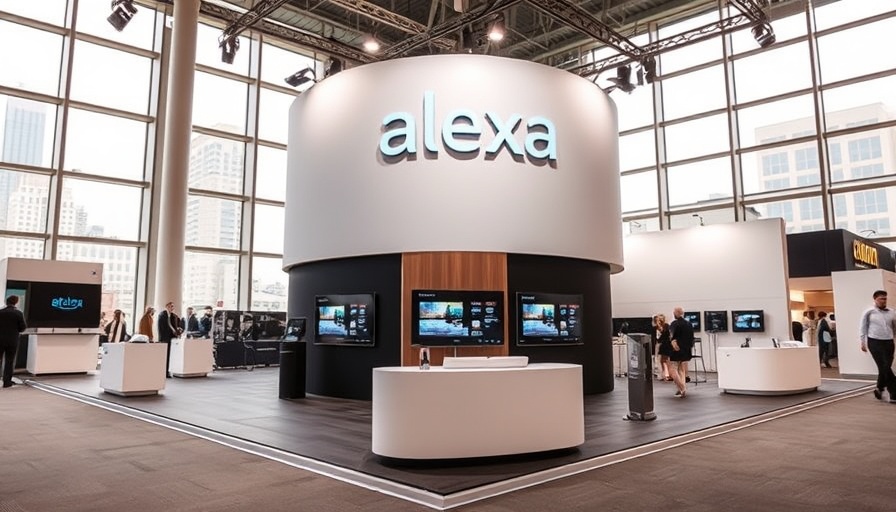
The Rollout of Alexa+: A Promised Upgrade Falls Short
Amazon has rolled out its highly anticipated upgraded Alexa experience, dubbed Alexa+, but reports indicate that the service is yet to deliver on many of its promised features, leaving users and tech enthusiasts pondering the future of AI assistants. Initially unveiled during a glitzy press event in February, Alexa+ was supposed to revolutionize user interaction by integrating more sophisticated AI capabilities.
Delayed Features: What’s Missing?
Despite the launch, key features that were showcased during promotional events are notably absent. According to multiple sources, including The Washington Post, Alexa+ currently cannot perform several high-profile tasks such as ordering takeout from Grubhub or engaging creatively by generating entertaining stories for children. Additionally, the much-anticipated visual identification feature, which would allow Alexa to recognize users and remind them of chores, is also not available. This has raised eyebrows given Amazon's strong marketing messages surrounding Alexa+.
Challenges in AI Integration and User Experience
As Alexa+ struggles to implement its full suite of features, the question arises: what’s causing these delays? Early reports suggest that signficant challenges in AI infrastructure have hindered the development of Alexa+. Despite Amazon's considerable resources, it appears that the technology underpinning the latest iteration of Alexa is still undergoing bumpy transitions. Indeed, from AI ordering to sophisticated reminders, users may need to wait some time before these features materialize.
Subset Rollouts and Limited Availability
For those eager to experience some elements of Alexa+, a limited number of features are being rolled out selectively. For instance, users can now order an Uber or receive cooking advice, which represent only a fraction of the promised capabilities. Moreover, confusion abounds regarding the web app that was hinted at during the launch, as its release remains tied to an unspecified timeline.
The Bigger Picture: Implications for AI and Users
This situation raises significant implications for both users and the broader AI landscape. Firstly, users expecting an enhanced experience may find themselves disappointed, raising questions about their trust in Amazon’s AI endeavors. As competing platforms also enhance their AI capabilities, Amazon must act quickly not to lose its edge in a rapidly evolving tech market. In a world increasingly driven by advanced technology, keeping pace with user expectations is crucial.
The Future of Alexa and AI Assistants
Looking ahead, it’s clear that Amazon has a robust challenge to overcome. As competition in the AI assistant space heats up, it will be essential for Amazon to deliver on the promise of Alexa+ and to communicate effectively with its user base to manage expectations. This will not only involve rolling out promised features but also ensuring that users feel involved in the journey, creating a community around Alexa that is more than just a tech product.
Conclusion: Balancing Innovation and Functionality
In conclusion, the launch of Alexa+ serves as a reminder of the balance required between ambitious technological promises and delivery on user expectations. As Amazon navigates these challenges, it is imperative to monitor how they will adapt to meet current demands in AI technology. For tech enthusiasts and consumers, staying updated on these developments is critical in understanding how AI will shape everyday experiences in the near future.
 Add Row
Add Row  Add
Add 



Write A Comment